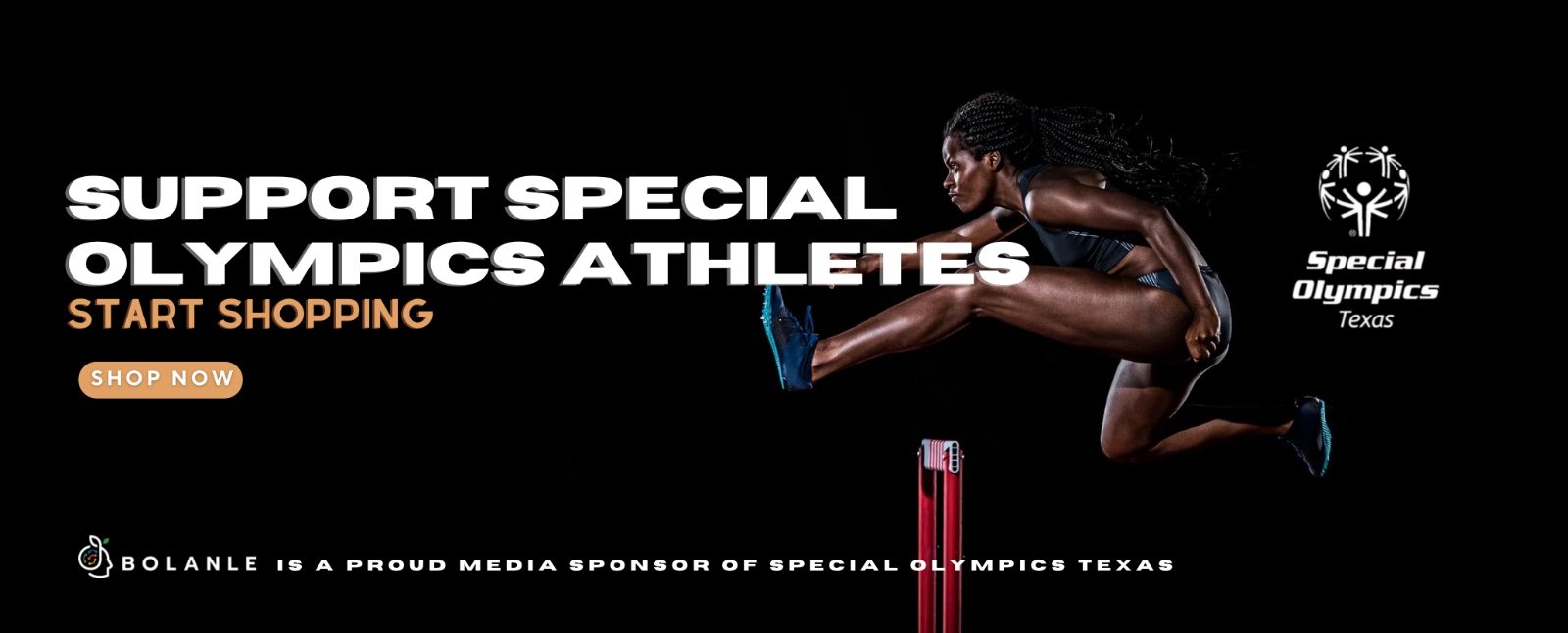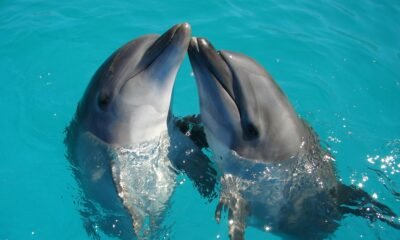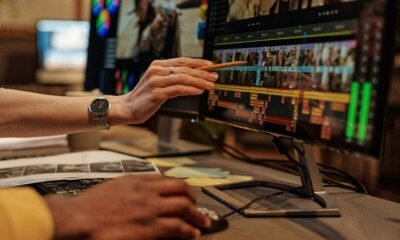Business & Money
Unlocking Financial Stability: Investing in Gold with an Eye on the Future

In the world of investments, where trends come and go, one timeless option stands out: gold. Imagine an investment that isn’t tied to economic ups and downs, doesn’t rely on market sentiment, and carries a legacy of trust. That’s gold. In this article, we’ll explore the glittering potential of Gold investment and analyze how it’s uniquely poised to shine even brighter with the ambitious goals of BRICS (Brazil, Russia, India, China, South Africa) to reshape the global currency landscape. Here we say that Dive into gold investment opportunities amidst the BRICS currency evolution. Explore the synergy of precious metal and global dynamics in this era.
The Golden Advantage
Gold isn’t just a metal; it’s a financial sanctuary. Unlike stocks that swing like a rollercoaster or currencies that rise and fall with politics, gold has held its value through the ages. It’s a tangible asset, a real thing you can hold. And that’s a big deal in a world full of digital uncertainties.
Why Should You Consider Gold?
Steady Amidst Storms: When economic storms rage, Gold Investment and BRICS Currency remains a steadfast ship. It’s a shield against inflation and economic uncertainty. When the financial world wobbles, gold stands strong.
Diversity’s Best Friend: Your investment portfolio is like a recipe. And just like any good recipe, diversity is key. Gold adds that much-needed spice. It often moves in a different direction from stocks, balancing out your financial feast.
Always in Vogue: You don’t have to worry about gold going out of style. Throughout history, it’s been a symbol of wealth, status, and value. Its timeless appeal is here to stay.
BRICS: The Goldez Partnership
Now, let’s talk about BRICS. These five powerhouse nations are on a mission to reshape how the world handles currency through Gold Investment and BRICS Currency Evolution. As they challenge the status quo and work towards alternatives to traditional currencies, gold nods its head in approval.
Why Gold Investment and BRICS Currency Make Sense Together
Imagine gold as a silent ally in the midst of global currency change. As BRICS nations strive to decrease dependence on certain currencies (yes, we’re looking at you, U.S. dollar), gold steps in as the universal constant. It doesn’t play favorites with countries. It’s not influenced by political speeches or economic reports. It’s a reliable rock.
Investing in gold isn’t just about seeking a shiny asset; it’s about embracing a symbol of stability. As the financial world keeps evolving, gold stands tall. And with BRICS working to reshape the global currency stage, holding onto gold gains an added advantage. So, whether you’re a financial aficionado or just dipping your toes into the investment sea, consider adding gold to your portfolio. It’s like having a piece of the past, a stake in the present, and a promise for a secure financial future all rolled into one.
Contact STATT Financial: info@stattfs.com
Business
Overqualified? Great, Now Prove You’ll Work for Free and Love It!

The phrase “Overqualified? Great, Now Prove You’ll Work for Free and Love It!” sums up the snake-eating-its-tail absurdity of the modern job search. In 2025, the most experienced, credentialed candidates are told they’re not quite the right fit—because they’re too capable, too seasoned, and might actually threaten the status quo by knowing what they’re worth.

The Experience Dilemma
Picture this: half the workforce has too much education or experience for the entry-level roles on offer, and yet, employers still claim they can’t find “qualified” people. The result? An absurd interview dance where applicants with years of achievement must convince employers they’re perfectly fine being underpaid and unappreciated. Many are even asked to perform hours of free “sample work”—projects that benefit the company but are never compensated.
Nearly half of job seekers have applied for jobs for which they were overqualified this year, and about a quarter feel “overqualification” is a major obstacle to actually getting hired. Employers call it “hiring for culture fit” or “salary alignment.” Candidates call it gaslighting: “We love your credentials, but wouldn’t someone like you get bored… or want a living wage?”.
Free Labor: The New Normal
The job hunt is now a marathon of unpaid labor. Applicants often rewrite resumes dozens of times (to game robotic filters), complete personality tests, and spend weeks in multi-stage interviews, only to be ghosted. In a perverse twist, talented workers jump through hoops for jobs explicitly beneath their skill level, all because employers believe an overqualified hire will “leave at the first better opportunity.” In reality, people just want to pay the bills—and would gladly contribute their value if someone gave them a chance.

Even as companies bemoan a “labor shortage,” they turn away the best and brightest, fearing they’ll disrupt the hierarchy, demand raises, or burn out from boredom. What’s left? The less skilled get trained on the job, and even they are told not to expect too much—after all, wouldn’t you do it for the “experience” alone?.
The Absurdity of the Market
Workers at every level—laid off, mid-career, executives—are hunting desperately for positions once reserved for recent graduates. Administrative jobs that previously required a high school diploma now routinely demand a college degree and relevant work history. Degree inflation means the bar keeps rising, but the pay and job security aren’t budging; 2025’s job search feels more like a dystopian obstacle course than a professional meritocracy.
Employers wield the “overqualified” label to maintain the illusion that they could hire anyone, while making sure they never have to pay what a role is really worth. Ironically, most companies spend more time filtering out talent than developing it—and everyone loses in the end.

What’s the Solution?
Job seekers are increasingly advised to do the following:
- Tailor resumes and cover letters to each application, emphasizing culture fit and signaling “no threat to the boss”.
- Network with insiders for referrals, since faceless applications are now nearly pointless.
- Accept that unpaid proof-of-skills work is now part of the game.
- Keep learning, but remember: adding skills may just make you even more overqualified for the next round.
The paradox of 2025? “Show us your value—just don’t expect to be treated like you have any.” The only thing more overqualified than today’s job seeker is the job market itself: packed with hurdles, full of empty promises, and rigged to keep the most talented quietly waiting for a call that may never come.
Business & Money
How the GENIUS Act Will Transform Your Money and Payments

The passage of the GENIUS Act in 2025 marks a revolutionary step in how money and payments will work in the United States. It is the first comprehensive federal law specifically regulating stablecoins—digital currencies pegged to traditional money like the U.S. dollar. This new legislation is poised to reshape your experience with money, making payments faster, more transparent, and potentially cheaper, while introducing clear consumer protections and regulatory standards for digital currencies.

What is the GENIUS Act?
The GENIUS Act stands for Guiding and Establishing National Innovation for U.S. Stablecoins. It establishes a clear legal framework for stablecoins, which are designed to hold a steady value (usually $1) unlike the more volatile cryptocurrencies such as Bitcoin. Stablecoins are increasingly used for routine transactions such as paying bills, sending remittances, or transferring money across borders.
Under the new law:
- Only authorized issuers like banks, credit unions, and federally approved non-bank financial institutions can issue stablecoins.
- Issuers must maintain 100% reserves—meaning for every digital coin issued, there must be a corresponding $1 held in cash, U.S. Treasury securities, or other approved liquid assets.
- Issuers are required to undergo regular audits and publish disclosures about their reserves.
- If an issuer fails or goes bankrupt, holders of stablecoins get priority in getting their money back ahead of other creditors.
This stringent reserve and audit requirement provides much-needed transparency and trust for consumers.
Key Consumer Benefits and Protections
- Faster, Cheaper Payments
Integrating stablecoins into mainstream banking systems can speed up transactions dramatically. You could receive paychecks instantly, send money overseas with minimal fees, and settle payments without the delays typical of current banking transfers. - Clear Regulation and Oversight
Before the GENIUS Act, the regulatory environment was fragmented and uncertain. Now, stablecoins have a federal framework that coordinates oversight between federal and state regulators to prevent fraud, money laundering, and abuses. - Privacy and Government Limits
The law bans the Federal Reserve from creating retail Central Bank Digital Currencies (CBDCs)—digital dollars controlled directly by the government—addressing privacy concerns about surveillance of everyday spending. - Financial Stability and Consumer Priority
The Act gives stablecoin holders priority status in bankruptcy cases, meaning your digital dollars are protected better than traditional bank deposits or bondholder claims in insolvencies.

What This Means for You
The GENIUS Act could significantly change your daily financial life:
- You may start to see stablecoins integrated within banking apps, payroll systems, and payment services.
- Money transfers could become almost instantaneous and cost less, especially across borders.
- More businesses and financial institutions might accept digital dollars pegged to the U.S. dollar.
- Consumer protections could increase, with more audit oversight and clarity about your rights as a stablecoin holder.
However, challenges remain. Regulators have up to 18 months to finalize detailed rules on audits, reserve management, fraud prevention, and compliance. The evolving regulations will determine how safe and seamless digital currency payments become.
A Global Race to Modernize Money
While the U.S. passed the GENIUS Act to catch up, other countries like China and members of the European Union are already piloting their own digital currencies. The legislation positions the U.S. to retain the dollar’s dominant role globally by tying digital currencies directly to U.S. dollars and Treasury securities, potentially boosting demand for American debt and keeping borrowing costs stable.
The Future of Money and Payments
The GENIUS Act opens the door to a more modern, efficient financial system where digital dollars coexist with traditional money, offering consumers faster options and better protections. While adoption will take time, this law lays the groundwork for a future where your payments, savings, and everyday money management are fundamentally transformed by technology—making financial services more accessible, transparent, and resilient.

Whether you choose to use stablecoins actively or not, the changes unfolding will reach into many aspects of how money moves in our economy. Staying informed about this evolving landscape will help you navigate the future of payments confidently.
Business
Paramount Seals $7.7B Deal for Exclusive UFC Streaming Rights

Paramount Global has secured the exclusive U.S. rights to the Ultimate Fighting Championship (UFC) in a groundbreaking deal worth $7.7 billion over seven years, beginning in 2026. This agreement marks a major shift in UFC’s distribution, moving away from the traditional pay-per-view model currently offered by ESPN to a new streaming-focused strategy centered on Paramount’s platform, Paramount+. All 43 annual UFC live events, including 13 major numbered events and 30 Fight Nights, will be available exclusively on Paramount+ at no additional cost to subscribers, with select marquee events also simulcast on the CBS broadcast network.

The deal comes just days after Paramount completed its merger with Skydance Media and represents the company’s first major sports rights acquisition under its new leadership. Paramount CEO David Ellison emphasized the uniqueness of partnering exclusively with a global sports powerhouse like UFC, highlighting the move as a key part of Paramount’s strategy to enhance viewer engagement and grow its streaming subscriber base.
For UFC, the deal ends the pay-per-view model common in the sport, greatly increasing accessibility for fans and potentially expanding the sport’s U.S. audience. The contract also doubles the yearly average payment compared to the $550 million ESPN currently pays, reflecting the growing value and popularity of UFC content.
TKO Group Holdings, UFC’s parent company, sees this agreement as a milestone in their decade-long growth, with TKO’s CEO Ari Emanuel affirming trust in Paramount’s vision to leverage technology to improve storytelling and the viewing experience.
This landmark deal reflects the rapidly evolving sports media landscape, with streaming services increasingly vying for premium content to attract and retain subscribers. Paramount’s move to bring UFC to its platform exclusively is a strong statement of commitment to live sports as a vital driver of engagement in the streaming age.
Key Points:
- Paramount secured UFC U.S. media rights for $7.7 billion over 7 years, starting 2026.
- UFC events will be exclusively streamed on Paramount+, ending ESPN’s pay-per-view model.
- The deal includes 13 major numbered events and 30 Fight Nights annually.
- Some marquee events will also air on CBS broadcast TV.
- The yearly payment doubles ESPN’s previous contract.
- The deal was announced shortly after Paramount’s merger with Skydance.
- Paramount aims to use UFC to boost Paramount+ subscriber growth and engagement.
- TKO Group (UFC parent company) supports the deal and foresees enhanced tech-enabled storytelling.
- Streaming services continue to disrupt traditional sports broadcasting models.

 Entertainment3 days ago
Entertainment3 days agoWicked Sequel Disappoints Fans: Audience Verdict on For Good

 Entertainment3 weeks ago
Entertainment3 weeks agoAfter Party: Festival Winner for Best Romantic Short

 News3 weeks ago
News3 weeks agoCamp Wackapoo – Rise of Glog Takes Center Stage

 Entertainment3 weeks ago
Entertainment3 weeks agoFrancisco Ramos Takes Top Mockumentary Award at Houston Comedy Film Festival

 News2 weeks ago
News2 weeks agoYolanda Adams Questions Traditional Views on God’s Gender, Audience Reacts

 Politics3 weeks ago
Politics3 weeks agoTrump’s $2,000 Tariff Dividend Plan: Who Gets Paid?

 Politics4 weeks ago
Politics4 weeks agoMamdani’s Victory Triggers Nationwide Concern Over New York’s Future

 Film Production3 weeks ago
Film Production3 weeks agoWhy China’s 2-Minute Micro Dramas Are Poised To Take Over The U.S.








































